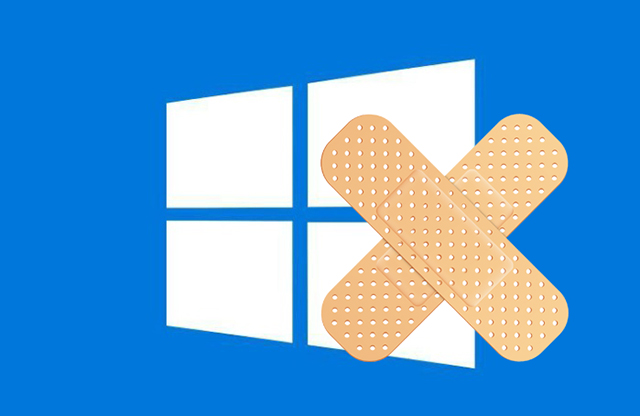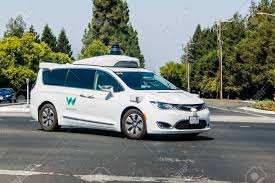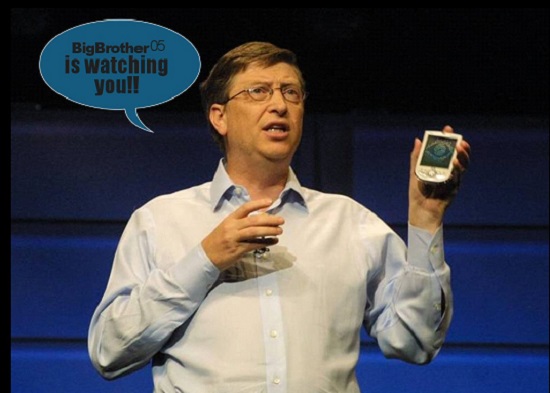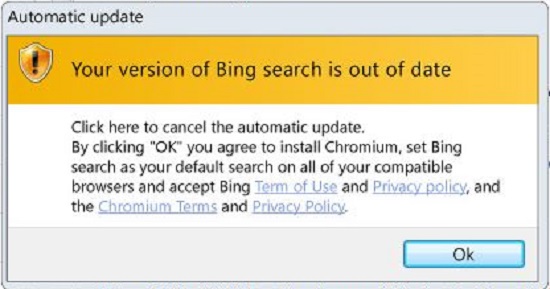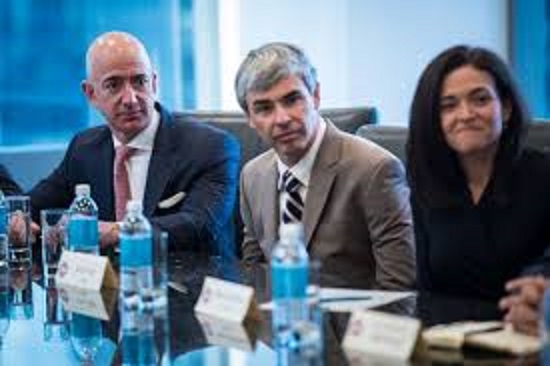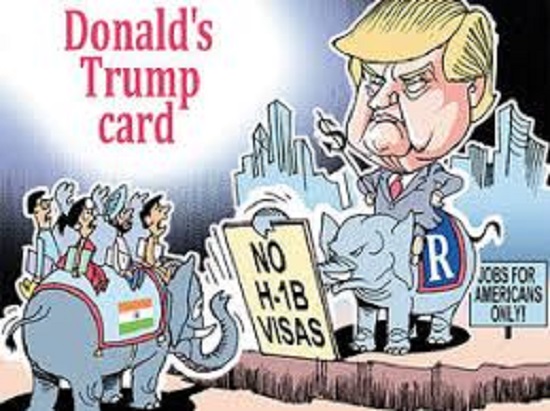
Microsoft dominates the market for productivity software, with its suite that includes Word, Excel, PowerPoint, and Outlook. We have been using these tools for many years, and have found them to be well-crafted and free from errors … except Outlook. The following three examples have caused us considerable pain.
First is the matter of duplicate emails. We frequently receive two identical emails, sent a few minutes apart. This is better than receiving none at all, but it wastes our time, and makes a mockery of its putative “productivity” positioning.
Second is its “Quick Print” feature, which simply doesn’t work. Again, it is not the end of the world, but is inexcusable from a company with massive resources and hundreds of software engineers.
Third is its unilaterally creating of new-and-unwanted mailboxes. This caused us considerable pain, because an incoming email from an important new client was incorrectly stuck in this new mailbox that was out of sight because it was below the normal viewing range.

